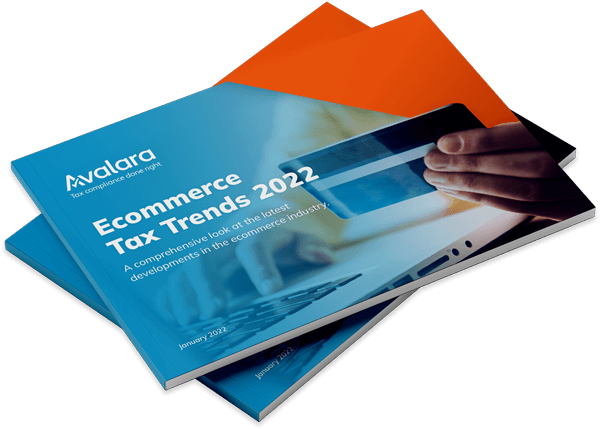
The Future of Subscription Businesses
In recent years, there’s been a huge shift in the way businesses deliver goods to their customers. As a result, traditional, one-off transactions have fallen by the wayside. To replace it, there’s been a considerable move towards the subscription model, where customers pay recurring fees on a monthly, weekly, or yearly basis to receive products and services.
There are numerous benefits to the subscription model (which we’ll discuss in detail below), so it’s unlikely the number of companies offering goods via a subscription model will disappear anytime soon. In fact, there are so many subscription-based businesses they’re often referred to as their own subscription-based economy. But what does the future hold for these businesses?
In this blog, we’ll try to identify some of the reasons for the surging popularity of subscriptions, and discuss the future of subscription services in detail. Finally, we’ll look at how the subscription model itself might evolve, and how business practices might change in response. Read on for more.
Why is the subscription model so popular?
Predictable and consistent revenue
A company’s revenue will vary from month to month, and preparing for the tougher months is an integral part of running a successful business. This preparation is vital for smaller enterprises, which can suffer considerably from a period of low revenue.
The subscription model can change that. A new subscriber isn’t the same as a single new sale — it’s almost guaranteed to be a new source of revenue for at least a quarter, if not longer. Therefore, the subscription model allows businesses to enjoy a more consistent revenue stream than they would otherwise.
Competitive pressure
One of the biggest drivers of the subscription trend is competition. The consistent revenue the model provides means that businesses offering subscriptions will likely have more resources than their peers. While there are benefits to traditional transactions, consumers are also likely to get swept up in the novelty of the subscription-based economy and favour businesses that provide a subscription option.
The competitive edge the subscription model offers can help nurture long-lasting relationships with customers and is just one of the ways the trend is impacting commerce worldwide. However, before implementing subscriptions, it’s important to consider how the model might change if its popularity continues.
The future of subscription services
Ubiquity
The main development in the future of subscription services is simply one of scale. In a few years, essentially any product will be available on subscription, from groceries sent to you on a weekly basis to subscriptions to public transport passes. The subscription-based economy is growing rapidly and will likely spread across a huge variety of industries in the near future.
Some of this can already be seen in the way that subscription-based businesses are becoming increasingly common across different types of commercial activity. For instance, while selling software subscriptions for business use is a fairly common concept, a much greater variety of products and services are now starting to be sold B2B on a subscription basis.
The subscription model is common in B2C companies, but its use in B2B transactions is fairly revolutionary. One key factor in this new usage is the idea of offering a premium service through subscriptions. For instance, a manufacturer of heavy equipment may continue to sell its machines to businesses via traditional transactions, but it could also offer a premium service with replacements and maintenance via the subscription model.
Customisability
To a certain extent, the growing customisability of subscription services is just a continuation of an existing trend. Look at modern on-demand streaming services in comparison to the bloated cable contracts of terrestrial television. Where customers in the past were paying for additional channels and services they didn’t want, now consumers can find a specific product suited to their needs.
This development is all down to how the subscription model works. The subscription a customer pays for can be thought of as a contract, which allows access to certain goods or benefits. Since the subscription agreement itself is intangible, it’s highly customisable.
In future, this customisability will extend into the various different industries offering subscription services. For example, customers who are subscribed to software services or grooming products will be able to create a package tailored precisely to their needs.
Flexibility
As the products sold via subscriptions become more customisable, the need to improve the customer experience will likely encourage businesses within the subscription-based economy to make the subscription contract itself as flexible as possible too.
As well as customising the benefits of the subscription, customers will be able to customise its duration — they won’t be tied into a long-term agreement. While monthly payments are the most common practice, subscriptions in future will likely have the option of weekly or yearly payments. Additionally, customers will be able to upgrade (or drop out of) a subscription whenever they like.
Tax compliance as a subscription-based business
If you’ve successfully implemented a subscription model, one of your first steps should be ensuring tax compliance. Using a subscription model means making changes to the way you register your business with tax authorities and create tax returns. You’ll have a bigger tax footprint, which can be difficult to manage for many businesses. That’s where Avalara comes in.
We have a huge range of digital solutions to help your business understand your tax responsibilities and stay compliant, regardless of where you operate. Click here to view our solutions for U.S.-based businesses (or those selling into the U.S.), or click here for businesses operating in or selling to the EU. You can also contact our experts directly here.
If you’d like to learn more about the subscription-based economy before you take the plunge, check out our dedicated guide on the subject. Click here to download.
Stay up to date
Sign up today for our free newsletter and receive the latest indirect tax updates impacting businesses selling internationally straight to your inbox.




